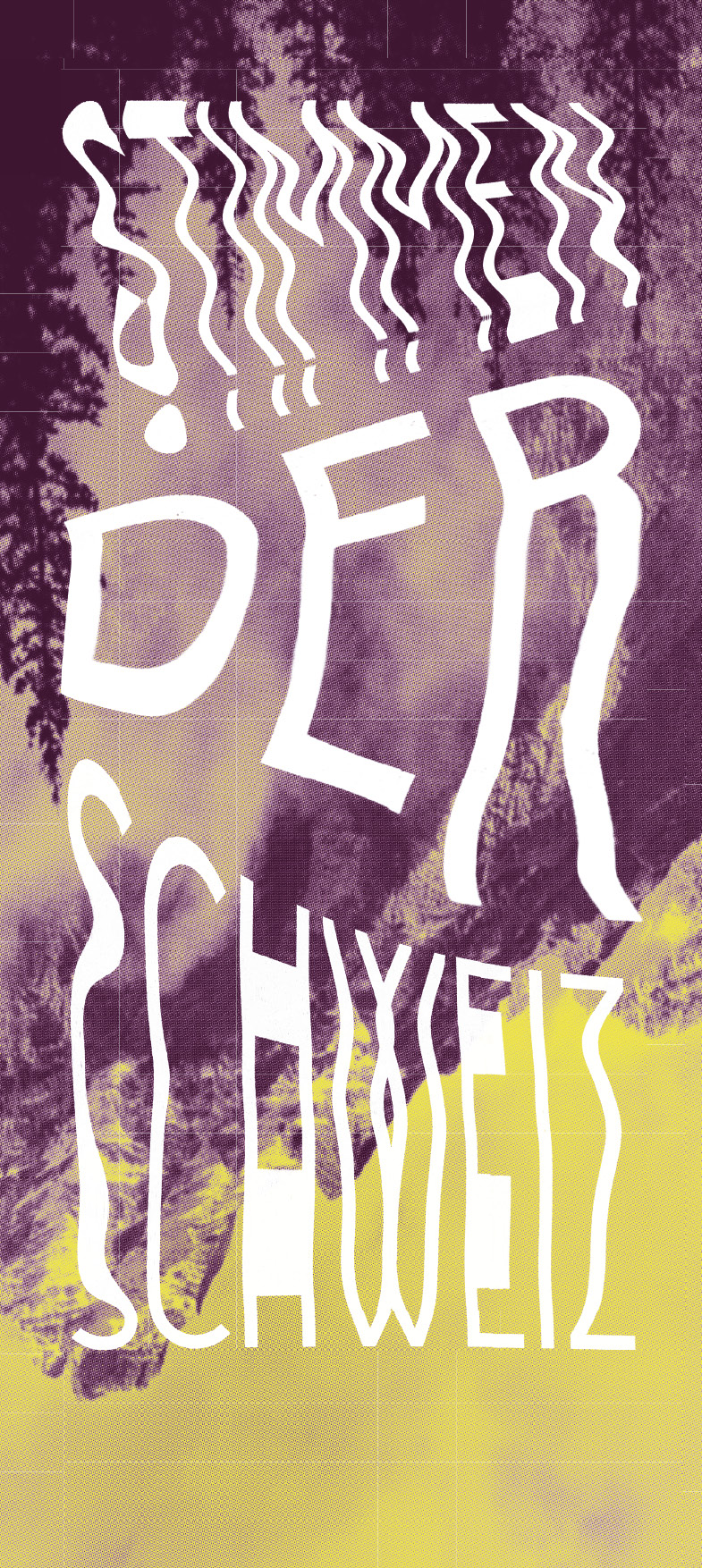Voices of Switzerland
|
|
What does the linguistic landscape of (German-speaking) Switzerland look like today? Dialectal patterns are distributed geographically. Analyzing this distribution throughout time, comparing newly gathered data and data from the past, a rapidly changing linguistic landscape emerges. The „Sapperlot!“ exhibition, organized by the Swiss National Library and the Phonogram Archives of the University of Zurich in 2012, focused on the diversity of languages and dialects in Switzerland. Besides historical sound recordings from all four parts of the country and the four national dialect dictionaries, the exhibition introduced visitors to the Internet application „Voices of Switzerland 2012“. Both this and the follow-up version „Voices of Switzerland 2013“ enabled exhibition visitors as well as anyone at home to record their own voice over the Internet and listen to other people’s voices too. The Internet application can be accessed in all four national languages of Switzerland and, for each language, contains specific questions addressing various linguistic aspects (especially phonetics, phonology, morphology and syntax). The survey comprises about 20 short recordings (single words or sentences) for each language module. For the German-language module, speakers are asked to name items displayed on a picture. Provided the speakers give permission for release, the recordings are reviewed and inserted in a map using Google Maps. All the places marked on this map can be clicked, and the recordings of that location can be displayed and listened to. Two Master‘s theses have resulted from the German-speaking part of the audio corpus, one on the subject of suprasegmentals (Stadler 2015) and one on inflectional morphology (Widmer, in prep.). Stadler, for example, was able to provide empirical evidence that in the case of Romance loan words in Swiss German, it depends on the speaker whether the stress lies on the first or the second syllabel, and that preferences for syllable stress are distributed geographically. The Swiss German word Kabine, for example, provides a picture that well reflects general tendencies: in central Switzerland, Kabine is stressed on the first syllable, while in Valais stress lies on the second syllable. In the easternmost cantons no clear tendency can be observed. A comparison with other, similar words reveals that the words examined in the west of Switzerland show almost exclusively initial syllable stress, whereas in the east they are mostly stressed on the second syllable. The transitional area is relatively large, with Valais joining the east. The „Voices of Switzerland“ project enables a better integration of the population in collecting linguistic data than classical dialectological research has achieved. Recording primary data over the Internet using computers and smartphones allows speakers to record their data when and where they want, and listen to recordings from other speakers. In a new project conducted with smartphones, these (and other) questions are to be revisited. Besides providing new material to supplement the first corpus, this will primarily enable researchers to compare the two data sets and establish clarity on whether and to what extent a language landscape changes over a short period of time.
Project participants:
Voices of Switzerland 2012 / 2013: • Institute of Romance Studies, UZH (Prof. Dr. Elisabeth Stark, Prof. Dr. Michele Loporcaro, Prof. Dr. Natascha Pomino, Dr. Charlotte Meisner, Dr. Harald Völker, Dr. Lorenza Pescia De Lellis, lic. phil. Michael Schwarzenbach) • Department of Languages and Literatures, University of Fribourg (Prof. Dr. Matthias Grünert) • Phonogram Archives, UZH (lic. phil. Michael Schwarzenbach) • German Department, UZH (Prof. Dr. Elvira Glaser, Sandro Bachmann) et al Graphic designers: Lisa Senn and Michael Koller |
